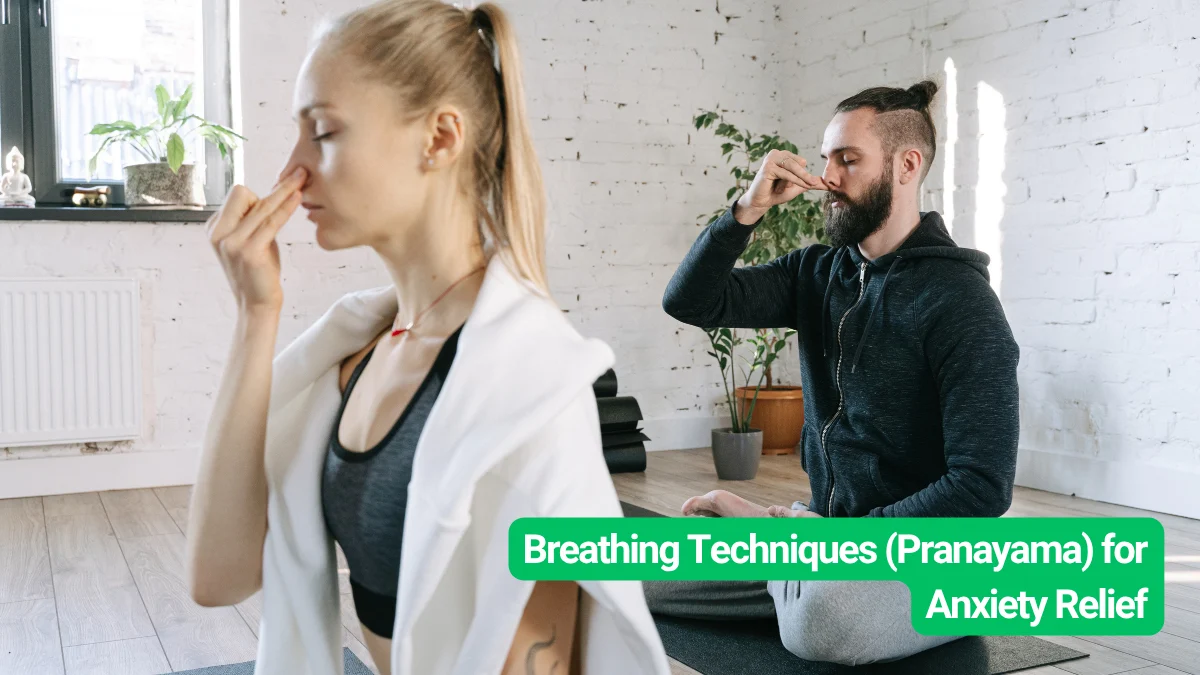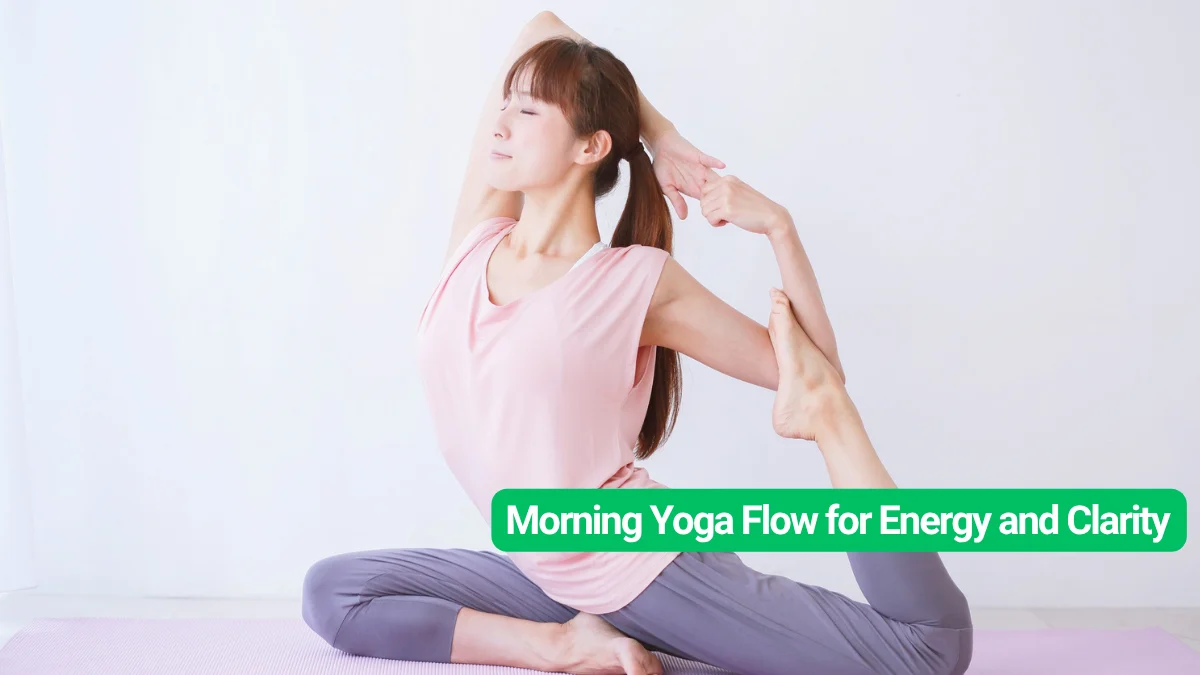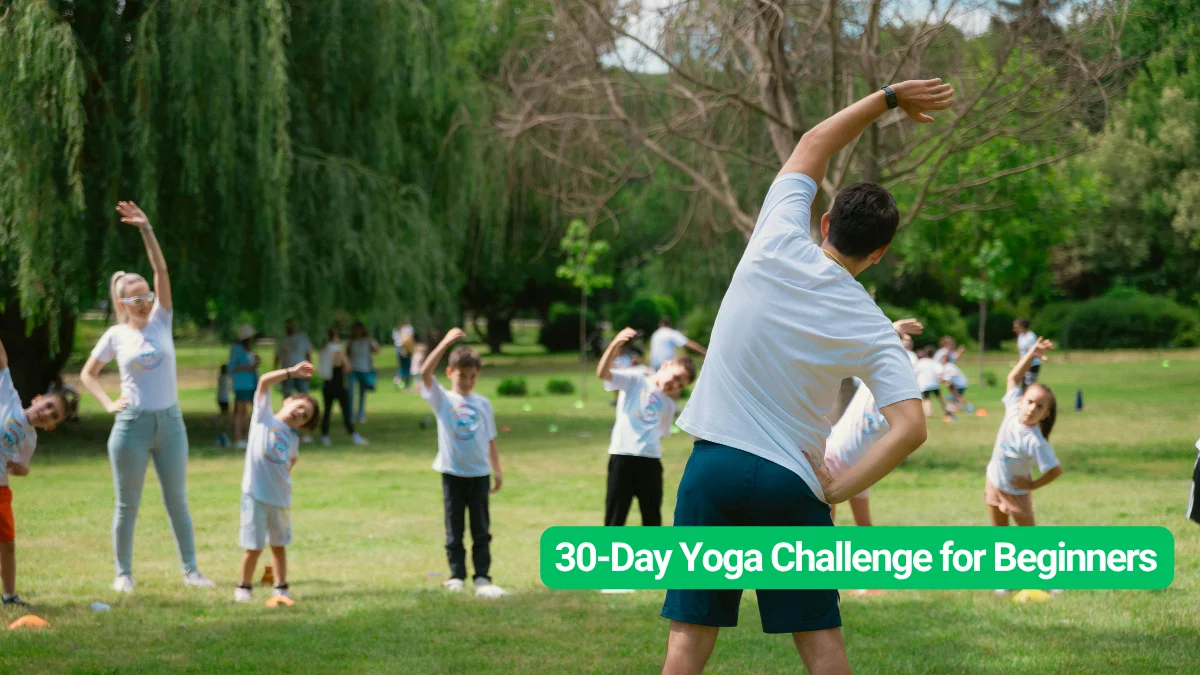Anxiety often shows up in the way we breathe. Many people notice a tight chest, fast breathing, and restless thoughts when stress rises. These reactions make the body think something dangerous is happening even when nothing is wrong.
Simple breathing techniques can help reverse this state. These methods slow the breath, calm the mind, and help the body return to a stable and safe mode. Pranayama has been part of daily routine in many cultures and is now widely used to support mental well-being.
Key Takeaways On Breathing Techniques
- Slow and steady breathing helps the body shift from stress mode to a calmer state.
- Pranayama techniques support anxiety relief by improving oxygen flow and lowering stress signals.
- Simple methods like equal breathing and alternate nostril breathing help with relaxation.
- A short daily session improves sleep, focus, digestion, and emotional stability.
- These practices work best when used regularly as part of a balanced routine.
Why Breathing Matters During Anxiety
When anxiety rises, the sympathetic nervous system becomes active. This system prepares the body for alertness. Breathing becomes fast and shallow. The heart rate increases. Digestion slows down. Thoughts move in many directions. When breathing continues like this, the body stays tense for long periods.
Controlled breathing activates the parasympathetic system. This system supports relaxation. Slow inhales and long exhales send a clear signal that the body is safe. This is why steady breathing creates a calm effect even in stressful moments. With regular practice, people notice fewer spikes in anxiety and more control over their thoughts and reactions.
What Breathing Techniques Actually Are
Breathing techniques are simple exercises that change the pace of the breath. Some patterns involve longer inhales, some use longer exhales, and some divide the breath into equal parts. Pranayama adds a traditional method of directing breath through specific routes. The purpose is the same in all methods. The goal is to slow the body, focus the mind, and create a steady rhythm.
These techniques do not need special tools. They can be done in a chair, on the bed, or during a short break. Even a few minutes can help. Many people use them before sleep or before starting work. Some use them to settle the mind before a difficult task.
Also Read

Bedtime Yoga Routine to Reduce Stress
Top Breathing Techniques for Anxiety Relief
- 4-7-8 Breathing: Inhale for 4 seconds, hold for 7 seconds, exhale for 8 seconds. This method helps release tension and slow the heart rate. It is useful before sleep or during sudden stress. Many people practice four to eight cycles in one session.
- Box Breathing: Inhale for 4 seconds, hold for 4 seconds, exhale for 4 seconds, hold again for 4 seconds. This technique helps with focus and steady breathing. It is useful during work, meetings, or busy situations.
- Nadi Shodhana (Alternate Nostril Breathing): Inhale through one nostril, switch sides, exhale through the other. This helps balance both sides of the brain and creates a sense of clarity. It is often used in the morning or before meditation.
- Sama Vritti (Equal Breathing): Inhale for 5 seconds and exhale for 5 seconds. This pattern reduces the speed of the breath and helps lower stress. It is simple and suitable for beginners.
- Bhramari (Bee Breath): Inhale deeply and exhale with a gentle humming sound. The vibration helps calm the mind and eases racing thoughts. This is a good choice at night or during emotional stress.
How Pranayama Supports Emotional Balance
Pranayama has been used for generations to manage emotional disturbances. Slow and controlled breathing helps reduce cortisol levels. This hormone rises during stress. Lower cortisol supports a clear mind and steady emotions. Studies from several medical institutes show that daily practice improves oxygen flow and supports better functioning of the nervous system.
People who follow these methods often notice changes in mood. They feel lighter, more aware, and more stable during difficult situations. This happens because the body receives regular signals of safety. Over time, the mind responds with less fear and fewer sudden reactions.
How Much Time You Need Each Day
A short session of 15 minutes per day works for most people. This can be done as one continuous session or as two shorter sessions. Many users notice:
- deeper sleep
- fewer anxiety spikes
- better focus
- improved digestion
- calmer reactions in stressful situations
Some people start with five minutes and slowly increase the time. The key is consistency. The mind responds better when the practice becomes part of a routine.
Can You Learn Without a Teacher
Most breathing exercises are simple enough to practice at home. A quiet place and a comfortable position are enough. There are many guided sessions available online, and some people prefer learning through videos. A teacher is helpful when someone wants structured lessons or when anxiety is severe. For general practice, self-guided sessions work well.
When Breathing Techniques Might Not Be Enough
Breathing can calm the body, but some people deal with anxiety that affects daily functioning. When symptoms become overwhelming, guidance from a mental health professional helps. A therapist can teach structured breathing methods and also help understand why anxiety appears. Breathing becomes more effective when combined with emotional work and supportive counselling.
Best Time to Practice
Morning practice helps create a calm start. People who feel stress at night often practice before bed to help with sleep. Some prefer doing a few cycles during breaks at work. The timing depends on personal comfort. Breathing techniques work at any time because the body responds to slow patterns throughout the day.
Building a Steady Routine
Start with one or two techniques from the list. Keep the sessions short. Find a quiet corner. Sit with your back straight. Breathe slowly. Notice how your mind responds. Increase the time when you feel ready. With steady practice, the breath becomes a tool for control. It helps bring balance even during sudden stress.
Final Thoughts On Breathing Techniques
Anxiety creates noise in the mind, but the breath offers a simple path to calm. These techniques work because they guide the body back to a safe and stable state. A few minutes of slow breathing each day can support peace, better sleep, and steady focus. With time, the breath becomes one of the strongest tools for emotional strength.






